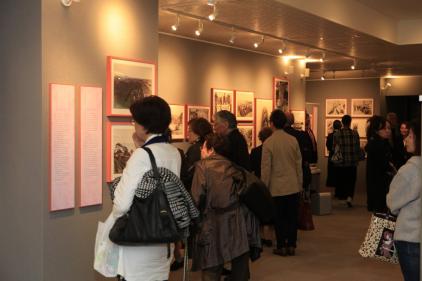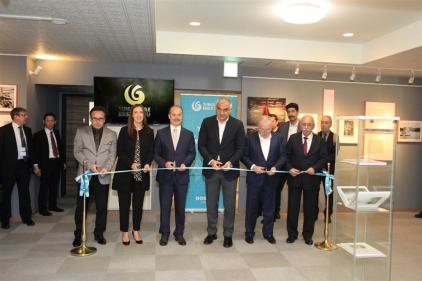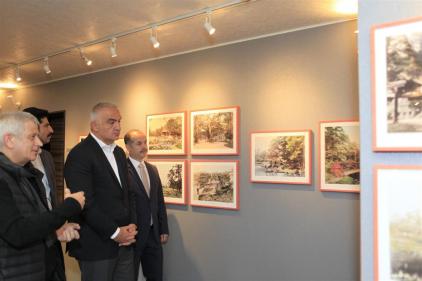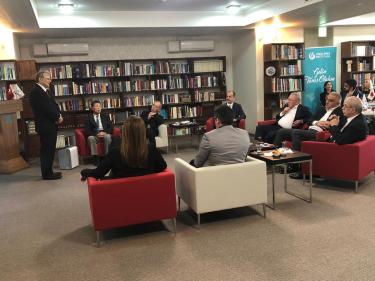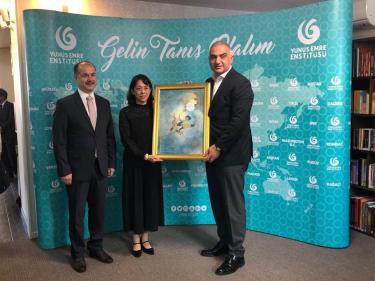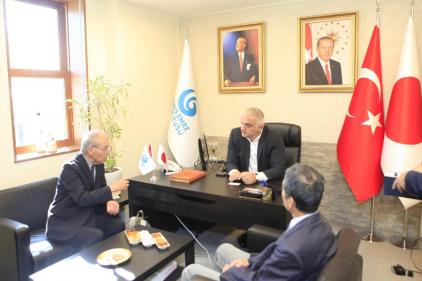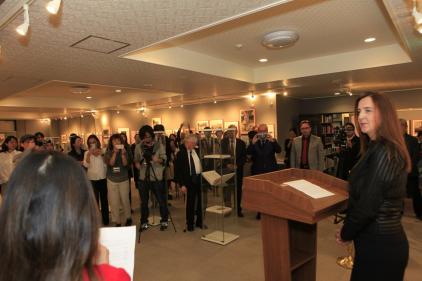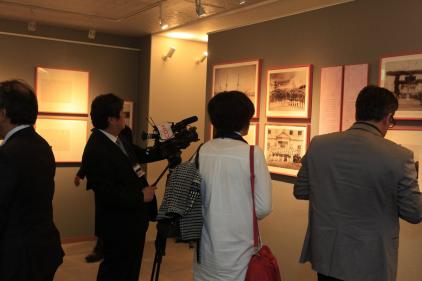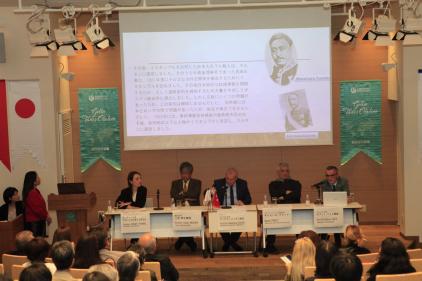Looking at 19th-Century Japan from Yıldız Palace
The exhibition entitled "Looking at the 19th-Century Japan from the Photography Collection of Yıldız Palace," curated by the Sultan Abdulhamid II Implementation and Research Center of Yıldız Technical University, has been unveiled in Japan.
The exhibition organized as part of the project conducted with support from the Ministry of Culture and Tourism, the Ministry of Foreign Affairs, State Archives Department of the Presidency of the Republic of Turkey, Yunus Emre Institute and Istanbul University under the auspices of the Presidency of the Republic of Turkey, has been opened to visitors at Yunus Emre Institute's Tokyo Branch with the attendance of Minister of Culture and Tourism Mehmet Nuri Ersoy and Yunus Emre Institute President Prof. Dr. Şeref Ateş.
Curated by our world famous photographer Kamil Fırat, the exhibition features many sections from Japan albums and the photographs on display testify to an important period, offering a very rich content ranging from the disaster of the frigate Ertuğrul, which is a tragic symbol of the two countries, the royal family, the earthquakes in Japan, unique nature of Japan to human portraits.
The collection was previously put on display in France, Germany, the United Kingdom, the United States and Russia and contains 36,585 photographs showing the interaction of Ottomans with different communities, and as such, it has a unique value for the world culture.
Ottoman-Japanese Relations during the Reign of Sultan Abdulhamid II
During the event, a panel discussion entitled "Ottoman-Japanese Relations during the Reign of Sultan Abdulhamid II" was also organized. The panel discussion was held on Thursday, October 24, at Yunus Emre Institute's Tokyo Branch with support from the Turkish Historical Society and attended by Prof. Dr. Vahdettin Engin, Prof. Dr. Nobuo Misawa, Prof. Dr. Davut Hut, Dr. Ayşe Ersay Yüksel and Kamil Fırat, who discussed the Ottoman-Japanese relations in the context of history, politics, international relations, culture and art.

